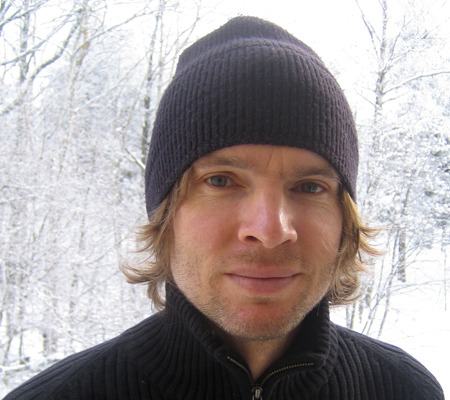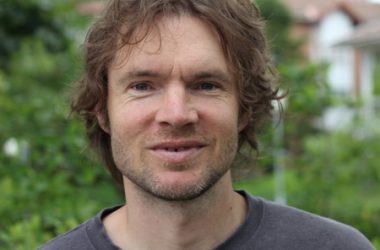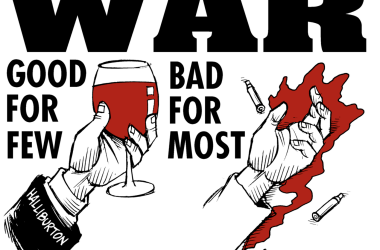By Gabriel Kuhn
Eight years after the PM Press release Sober Living for the Revolution: Hardcore Punk, Straight Edge, and Radical Politics, a new book adds to the still slim catalog of literature on this persistent drug-free subculture.
Tony Rettman, who brought us NYHC: New York Hardcore 1980-1990 in 2014, has once again teamed up with underground music publisher Bazillion Points, this time to produce Straight Edge: A Clear-Headed Hardcore Punk History. Rettman doesn’t fool around when it comes to oral history. Except for a staccato-like rundown of straight edge highlights that fits on the inside flaps of the dust jacket, a one-page foreword by Anthony “Civ” Civorelli, and listings of “essential” straight edge records, the book consists exclusively of quotes from people who have been involved in straight edge culture in one way or another. This does not belittle Rettman’s role. It might not be the classical task of an author, but turning quotes from over 100 interviews into a narrative requires both skill and dedication. Needless to say, the approach puts the focus on anecdote rather than analysis, but there is nothing wrong with that. The stages that Rettman is taking us through are the ones to expect: DC, Boston, Southern California, New York, Salt Lake City, all the way up to “East Coast 2000”. There is no shortage of illustrations. The book is visually stunning and includes fantastic photographs and flyers.
In terms of politics, Rettman’s clear-headed history is strong on self-empowerment and DIY, perhaps less so on social issues. This, however, might just be an accurate representation of straight edge culture, especially in the US – which brings me to two reservations that are probably predictable for a European lefty:
One, by including three chapters totaling 23 pages on straight edge outside of the US, Rettman gives a nod to straight edge having become a worldwide movement. But, in my opinion, this backfires, as it suggests that the other 357 pages deservedly go to the US. I would have considered it more appropriate to ditch the foreign parts and call the book for what it essentially is, namely a history of straight edge in the US.
Two, I know that accusations of overrepresenting men when chronicling the history of male-dominated movements are problematic. Consciously reducing men’s numbers can help cover up a problem rather than highlighting it. But a man-to-woman ratio of about 100:1 is pretty brutal. Yes, straight edge might be a boys club, but that there aren’t more women with something meaningful to say about its history is hard to believe.
As I said, these quibbles are probably characteristic for a certain type of reader and might be entirely irrelevant for others. Anyone with an interest in straight edge history will find something worthwhile in this volume.
(January 2018)
More blogs from Gabriel | Back to Gabriel Kuhn’s Author Page






